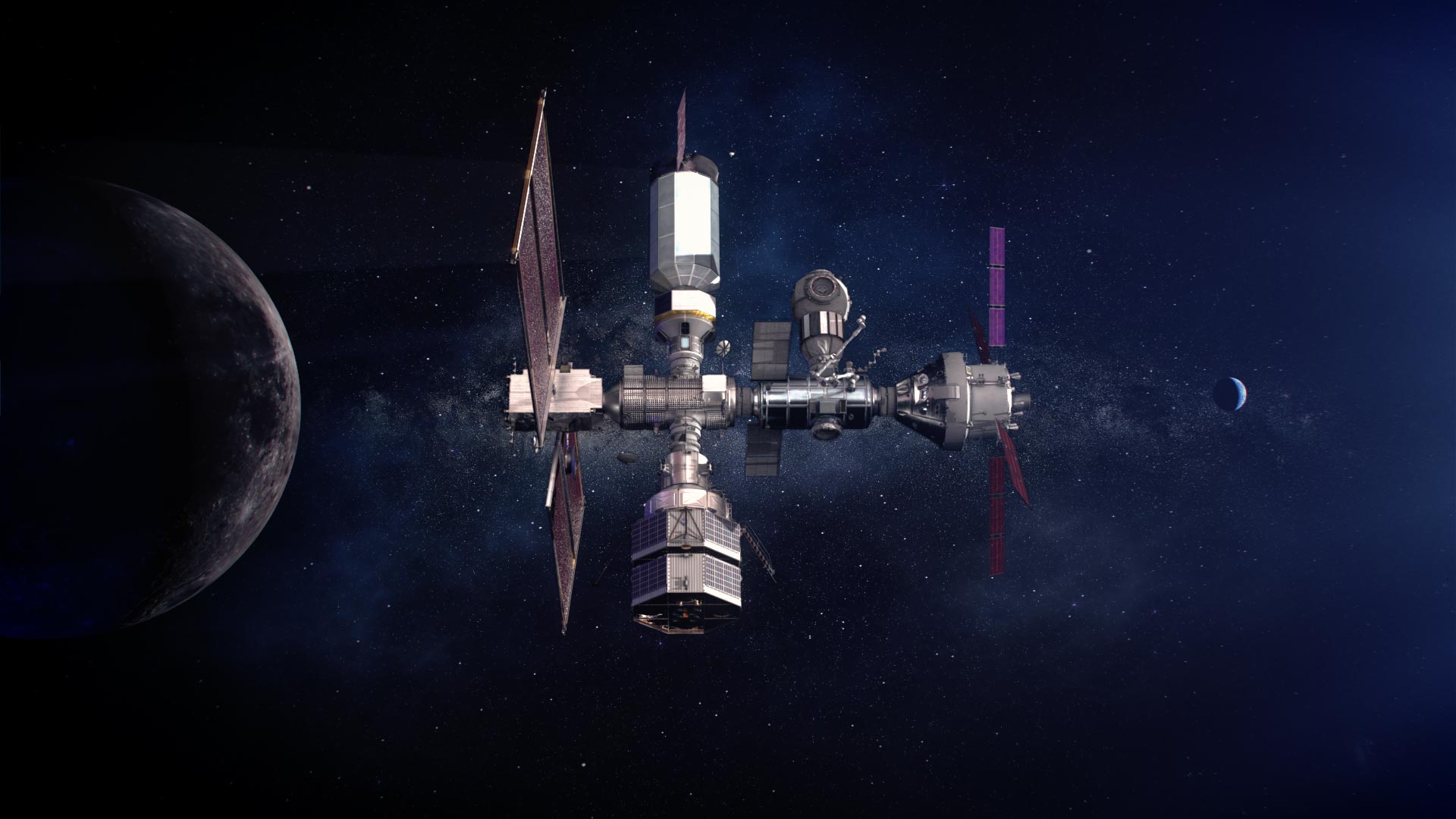A cubesat the size of microwave oven launched to space on June 28 from New Zealand by commercial company Rocket Lab and their Electron rocket. The small satellite will conduct tests to ensure the unusual lunar orbit proposed for NASA’s future Lunar Gateway is actually stable.

The Gateway is a lunar space station that will support NASA’s Artemis program to return to the Moon and enable future missions to Mars. The unique orbit, called a near rectilinear halo orbit (NRHO), is an elongated polar orbit that brings a spacecraft within 1,600 km (1,000 miles) of one lunar pole on its near pass and 70,000 km (43,500 miles) from the other pole every seven days. Because the orbit uses a balance point in the gravities of the Earth and the Moon, it is theorized that spacecraft flying from this type of orbit will require less propulsion capability for traveling to and from the Moon’s surface than other circular orbits and requires minimal energy to maintain.
CAPSTONE’s main mission is to attempt to establish that this location in space provides a stable and ideal location for a space station, as well as a staging area for missions to the Moon and beyond.
The spacecraft is currently in low Earth orbit, and is attached to Rocket Lab’s Lunar Photon, an interplanetary third stage that will send CAPSTONE on its way to deep space. It will take about four months for it to reach the targeted lunar orbit.
“CAPSTONE is a pathfinder in many ways, and it will demonstrate several technology capabilities during its mission timeframe while navigating a never-before-flown orbit around the Moon,” said Elwood Agasid, project manager for CAPSTONE at NASA’s Ames Research Center in California’s Silicon Valley. “CAPSTONE is laying a foundation for Artemis, Gateway, and commercial support for future lunar operations.”
SciTech Daily
Everything about this mission is intelligently designed. (Or is it merely a result of the forces of nature acting on atoms produced in the big bang and supernovae?)
What do you think about plans for humans to further establish a presence in interplanetary space?